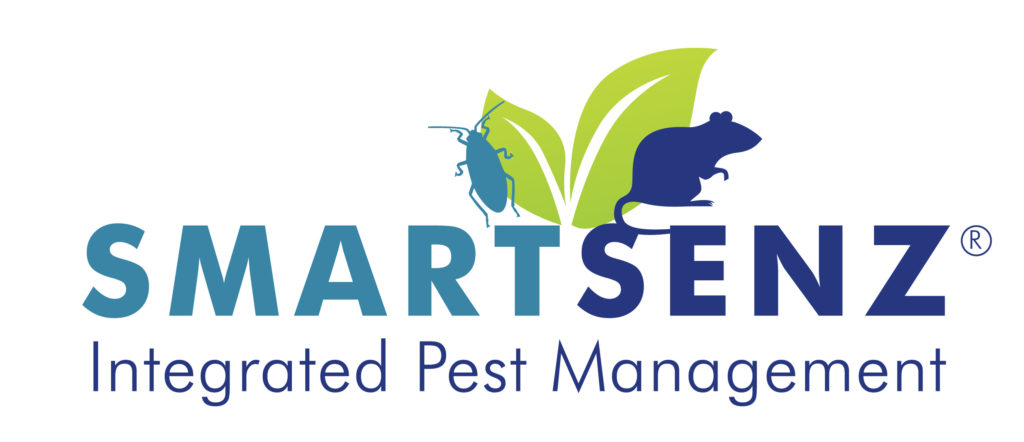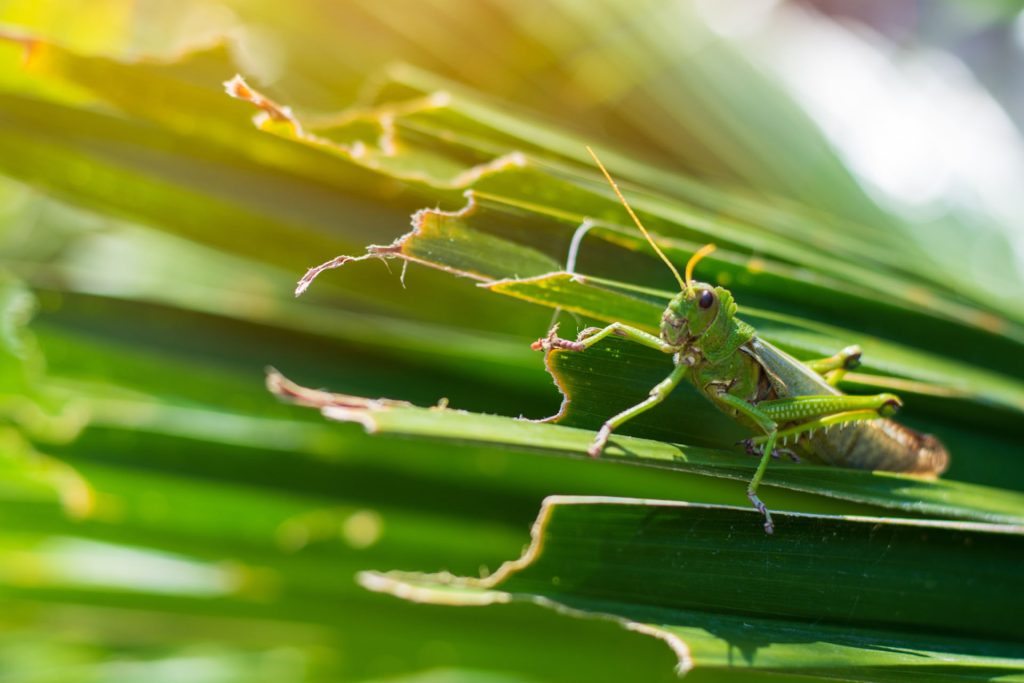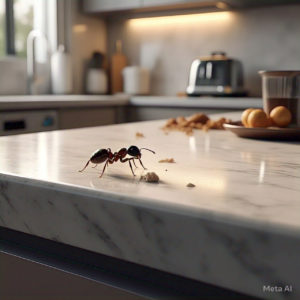So, first of all – what is IPM?
Integrated Pest Management (IPM) is a knowledge-driven ecosystem approach to pest control that focuses on the long-term prevention of pests through a combination of control methods. This combination is physical, mechanical, cultural (working habits and processes), biological (using natural enemies), assessing pest behaviour and the cautious use of least
toxic pesticides. Essentially, it is an environmentally-friendly, common sense approach for managing pests. The effectiveness of this approach relies on the ability to understand the pest that needs to be controlled, and how to do this in the most sustainable way that is not harmful to people or the environment.
And why is it important?
The aim of IPM is to improve the efficacy, cost-effectiveness, ecological soundness and sustainability of pest control. Classic pest control approaches involve the routine application of pesticides without trying to understand pest biology, ecology and behaviour. They are reactive in that they take an easy-to-apply “carpet bombing” approach that mainly targets
adult populations that have already reproduced. This results in high non-target species (e.g. geckos, lady bugs, praying mantis) mortality and eventual pesticide resistance, causing the need for more toxic products. The cycle continues, placing more risk to our health and our environment. IPM is a proactive solution that addresses these issues by understanding pest
biology, ecology and behaviour and only resorting to chemical control alternatives if necessary.
Why should we choose IPM over classic pest control?
Classic pest control involves repeated chemical application without trying to understand the nature, species and actual size of the pest population present. IPM is a rational decision- making process for the optimal use of resources for pest control, e.g. pest monitoring, mechanical and biological control, sanitation and food storage best practices, as well as the cautious use of pesticides (if necessary).





